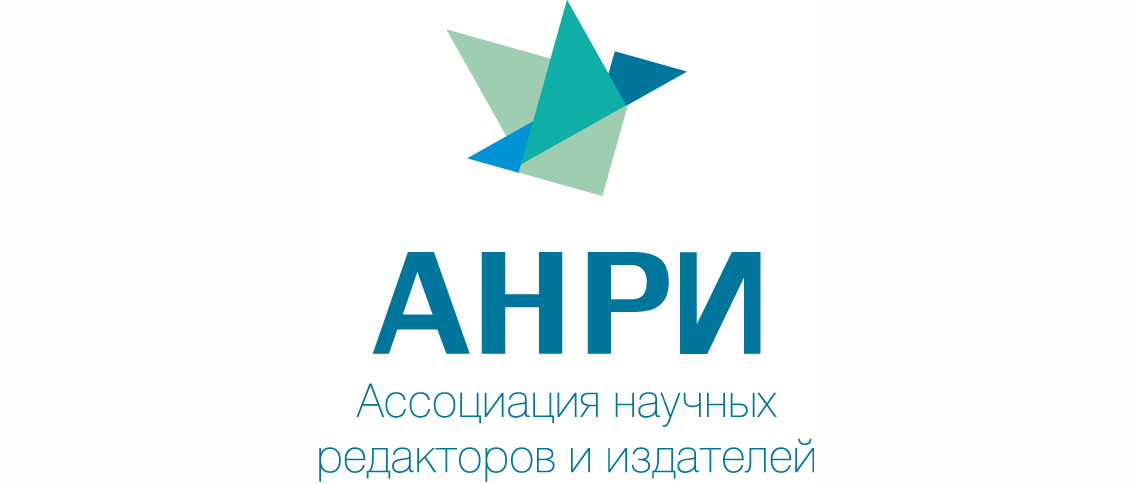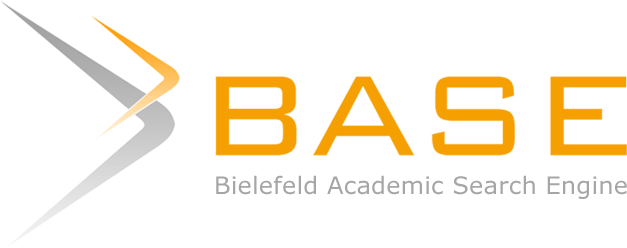Menu
Publications
2025
2024
2023
2022
2021
2020
2019
2018
2017
2016
2015
2014
2013
2012
2011
2010
2009
2008
2007
2006
2005
2004
2003
2002
2001
Editor-in-Chief

Nikiforov
Vladimir O.
D.Sc., Prof.
Partners
doi: 10.17586/2226-1494-2024-24-6-1049-1058
Development and modeling of technological scheme of steam methane reforming with oxy-fuel combustion and carbon capture
Read the full article
Article in Russian
For citation:
Abstract
For citation:
Rogalev N.D., Rogalev A.N., Kindra V.O., Kovalev D.S., Vegera A.N. Development and modeling of technological scheme of steam methane reforming with oxy-fuel combustion and carbon capture. Scientific and Technical Journal of Information Technologies, Mechanics and Optics, 2024, vol. 24, no. 6, pp. 1049–1058 (in Russian). doi: 10.17586/2226-1494-2024-24-6-1049-1058
Abstract
At present, the most common technology for hydrogen production is steam methane reforming. Its key disadvantage is significant emissions of carbon dioxide into the atmosphere due to the presence of natural gas combustion in the air in the reformer furnace. This problem can be solved by switching to oxygen combustion of organic fuel. This paper presents the results of developing a new process flow diagram for a steam methane reforming and a comparative analysis of its energy and environmental characteristics with the closest analogue: steam methane reforming with monoethanolamine cleaning of exhaust gases. To perform a thermodynamic analysis of process flow diagram options using the Aspen Plus software package, mathematical models have been developed that include sequentially solved equations for the processes of oxygen combustion of fuel, steam reforming reaction, steam shift reaction and monoethanolamine absorption reaction at variable pressure. In addition, the modeling took into account the possibility of two side reactions: steam reforming of carbon monoxide and carbon dioxide reforming of methane. The NIST REFPROP database was used to determine the thermodynamic properties of the substances. The thermodynamic analysis showed that for the proposed flow chart of the oxygen-fired methane steam methane reforming, an increase in temperature from 850 to 1050 °C results in a 14.4 % decrease in the mass flow rate of natural gas. At the same time, the thermodynamically optimal temperature in the reformer, equal to 950 °C, provides the possibility of achieving the fuel HUF value of 79.2 %. In turn, the comparison of the energy and environmental characteristics of the two considered steam methane reforming units allowed us to conclude that the proposed flow chart with oxygen-fired fuel has two advantages over the flow chart with CO2 capture by absorption in monoethanolamine: higher energy efficiency (net efficiency is 2.12 % higher) and lower greenhouse gas emissions (carbon dioxide emissions are 14.5 times lower). The proposed process flow diagram, as well as the developed mathematical models, can be used in the development of highly efficient steam methane conversion plants with minimal emissions of harmful substances into the atmosphere.
Keywords: hydrogen, oxygen, emissions, energy efficiency, thermodynamic analysis, mathematical modeling
Acknowledgements. This study conducted by the Moscow Power Engineering Institute was financially supported by the Ministry of Science and Higher Education of the Russian Federation (project No. FSWF-2023-0014, contract No. 075-03-2023-383, 18.01.2023).
References
Acknowledgements. This study conducted by the Moscow Power Engineering Institute was financially supported by the Ministry of Science and Higher Education of the Russian Federation (project No. FSWF-2023-0014, contract No. 075-03-2023-383, 18.01.2023).
References
- Energy Strategy of the Russian Federation for the period until 2035: Approved by the Order of the Government of the Russian Federation dated June 9, 2020 No. 1523-p. Available at: http://static.government.ru/media/files/w4sigFOiDjGVDYT4IgsApssm6mZRb7wx.pdf (accessed: 21.10.2024). (in Russian)
- Kindra V., Maksimov I., Oparin M., Zlyvko O., Rogalev A. Hydrogen technologies: a critical review and feasibility study. Energies, 2023, vol. 16, no. 14, pp. 5482. https://doi.org/10.3390/en16145482
- Ma L.-C., Castro-Dominguez B., Kazantzis N.K., Ma Y.H. Integration of membrane technology into hydrogen production plants with CO2 capture: An economic performance assessment study. International Journal of Greenhouse Gas Control, 2015, vol. 42, pp. 424–438. https://doi.org/10.1016/j.ijggc.2015.08.019
- Fernandez J.R., Abanades J.C., Grasa G. Modeling of sorption enhanced steam methane reforming–Part II: Simulation within a novel Ca/Cu chemical loop process for hydrogen production. Chemical Engineering Science, 2012, vol. 84, pp. 12–20. https://doi.org/10.1016/j.ces.2012.07.050
- Sultanguzin I.A., Fedyukhin A.V., Kurzanov S.Y., Gyulmaliev A.M., Stepanova T.A., Tumanovsky V.A., Titova D.P. Prospects for the development of independent power supply systems on the basis of solid fuel thermal conversion technology. Thermal Engineering, 2015, vol. 62, no. 5, pp. 359–364. https://doi.org/10.1134/s0040601515050110
- Petin S.N. Reclaiming converter gases for producing hydrogen. Vestnik MEI, 2018, no. 1, pp. 29–33. (in Russian). https://doi.org/10.24160/1993-6982-2018-1-29-33
- Yan Y., Thanganadar D., Clough P.T., Mukherjee S., Patchigolla K., Manovic V., Anthony E.J. Process simulations of blue hydrogen production by upgraded sorption enhanced steam methane reforming (SE-SMR) processes. Energy Conversion and Management, 2020, vol. 222, pp. 113144. https://doi.org/10.1016/j.enconman.2020.113144
- Adiya Z.I.S.G., Dupont V., Mahmud T. Effect of hydrocarbon fractions, N2 and CO2 in feed gas on hydrogen production using sorption enhanced steam reforming: Thermodynamic analysis. International Journal of Hydrogen Energy, 2017, vol. 42, no. 34, pp. 21704–21718. https://doi.org/10.1016/j.ijhydene.2017.06.169
- Raksajati A., Ho M.T., Wiley D.E. Reducing the cost of CO2 capture from flue gases using aqueous chemical absorption. Industrial & Engineering Chemistry Research, 2013, vol. 52, no. 47, pp. 16887–16901. https://doi.org/10.1021/ie402185h
- Kindra V., Zlyvko O., Zonov A., Kovalev D. An oxy-fuel power plant for hydrogen production with near-zero emissions. Smart Innovation, Systems and Technologies, 2022, vol. 272, pp. 291–301. https://doi.org/10.1007/978-981-16-8759-4_31
- Wójcik M., Szabłowski Ł., Dybiński O. Comparison of mathematical models of steam methane reforming process for the needs of fuel cells. International Journal of Hydrogen Energy, 2024, vol. 52, pp. 965–982. https://doi.org/10.1016/j.ijhydene.2023.08.293
- Fahim M.A., Al-Sahhaf T.A., Elkilani A. Fundamentals of Petroleum Refining. Elsevier, 2010. https://doi.org/10.1016/C2009-0-16348-1
- Szablowski L., Kupecki J., Milewski J., Motylinski K. Kinetic model of a plate fin heat exchanger with catalytic coating as a steam reformer of methane, biogas, and dimethyl ether. International Journal of Energy Research, 2019, vol. 43, no. 7, pp. 2930–2939. https://doi.org/10.1002/er.4465
- Mokheimer E.M.A., Hussain M.I., Ahmed S., Habib M.A., Al-Qutub A.A. On the modeling of steam methane reforming. Journal of Energy Resources Technology, 2015, vol. 137, no. 1, pp. 012001. https://doi.org/10.1115/1.4027962
- Tabrizi F.F., Mousavi S.A.H.S., Atashi H. Thermodynamic analysis of steam reforming of methane with statistical approaches. Energy Conversion and Management, 2015, vol. 103, pp. 1065–1077. https://doi.org/10.1016/j.enconman.2015.07.005
- Increasing the efficiency of oxygen-fuel energy complexes with carbon dioxide working fluid based on structural-parametric optimization of the thermal circuits. Dissertation for the degree of candidate of technical sciences. Moscow, National Research University "Moscow Power Engineering Institute", 2019, 177 p. (in Russian)
- Dubinin A.M., Tuponogov V.G., Skisov G.N., Chernyshev V.A. Modeling of methane steam reforming. Power engineering: research, equipment, technology, 2015, no. 1-2, pp. 44–49. (in Russian)
- Stray J.D. Control of Corrosion and Fouling in Amine Sweetening Systems. NACE Canada Region Western Conference Calgary, Alberta. February, 1990, pp. 20–22.
- Modeling of the low-temperature separation process. Chemistry and chemical technology in the 21st century: Materials of the XIX International scientific and practical conference of students and young scientists named after Professor L.P. Kulev. Tomsk, Tomsk Polytechnic University, 2018, pp. 355–356. (in Russian)
- Komarov I.I., Rogalev A.N., Kharlamova D.M., Naumov V.Y., Shabalova S.I. Comparative analysis of the efficiency of using hydrogen and steam methane reforming storage at combined cycle gas turbine for cogeneration. Journal of Physics: Conference Series, 2021, vol. 2053, no. 1, pp. 012007. https://doi.org/10.1088/1742-6596/2053/1/012007
- Bălănescu D.-T., Homutescu V.-M. Performance analysis of a gas turbine combined cycle power plant with waste heat recovery in Organic Rankine Cycle. Procedia Manufacturing, 2019, vol. 32, pp. 520–528. https://doi.org/10.1016/j.promfg.2019.02.248
























